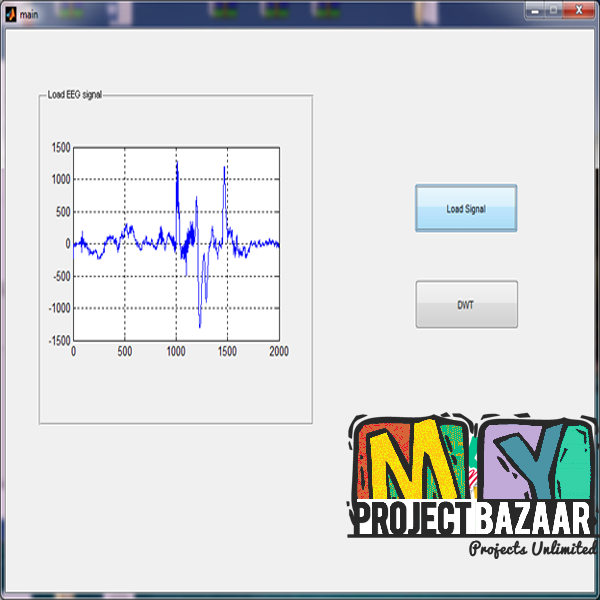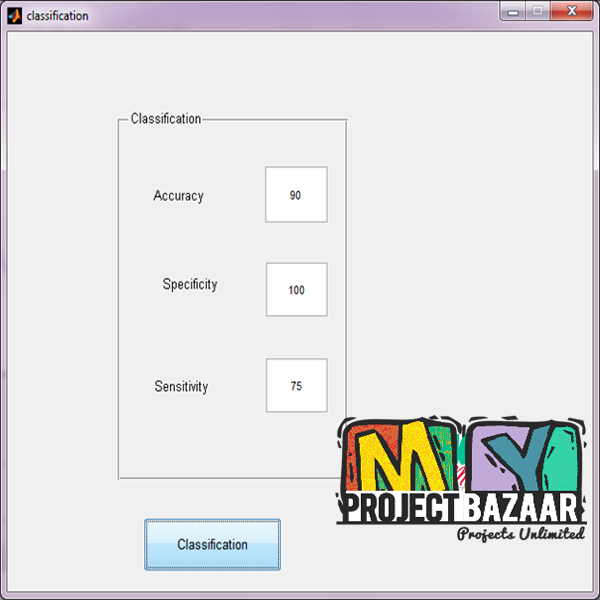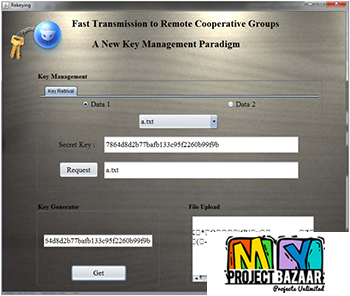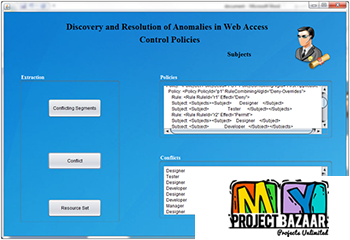
Removal of Ocular Artifacts in EEG—An Improved Approach Combining DWT and ANC for Portable Applications
Product Description
Removal of Ocular Artifacts in EEG—An Improved Approach Combining DWT and ANC for Portable Applications
Abstract-A new model to remove ocular artifacts (OA) from electroencephalograms (EEGs) is presented. The model is based on discrete wavelet transformation (DWT) and adaptive noise cancellation (ANC). Using simulated and measured data, the accuracy of the model is compared with the accuracy of other existing methods based on stationary wavelet transforms and our previous work based on wavelet packet transform and independent component analysis.< Final Year Project > A particularly novel feature of the new model is the use of DWTs to construct an OA reference signal, using the three lowest frequency wavelet coefficients of the EEGs. The results show that the new model demonstrates an improved performance with respect to the recovery of true EEG signals and also has a better tracking performance. Because the new model requires only single channel sources, it is well suited for use in portable environments where constraints with respect to acceptable wearable sensor attachments usually dictate single channel devices. The model is also applied and evaluated against data recorded within the EUFP 7 Project-Online Predictive Tools for Intervention in Mental Illness (OPTIMI). The results show that the proposed model is effective in removing OAs and meets the requirements of portable systems used for patient monitoring as typified by the OPTIMI project.
Including Packages
Our Specialization
Support Service
Statistical Report

satisfied customers
3,589
Freelance projects
983
sales on Site
11,021
developers
175+Additional Information
| Domains | |
|---|---|
| Programming Language |

















